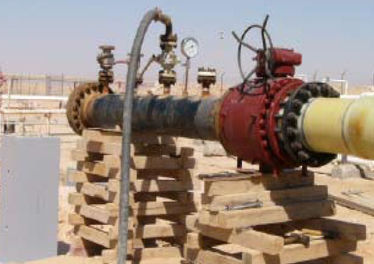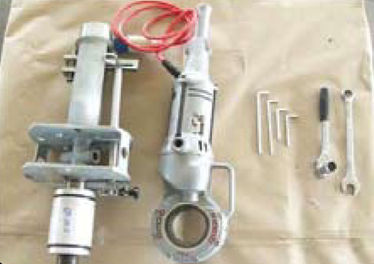Pipe Fabrication & Installation: FRP/GRP/RTRP
Fiberglass Reinforced Plastic (FRP) piping systems—also known as GRP (Glass Reinforced Plastic) or RTRP (Reinforced Thermosetting Resin Pipe)—are engineered to provide long-lasting, corrosion-resistant, and lightweight solutions for a wide range of industrial applications.
Manufactured using advanced techniques like filament winding and contact molding, FRP pipes combine high-strength E-glass fibers with resins such as epoxy, vinyl ester, or polyester to meet stringent performance requirements.
What is FRP/GRP/RTRP?
FRP is a composite material made of a polymer matrix reinforced with E-glass fibers. The pipes are manufactured using advanced processes like filament winding or contact molding, and customized with high-performance resins such as epoxy, vinyl ester, or polyester to suit different chemical and temperature environments.
🌍 Where Our Pipes Are Used
Our pipes are trusted across a wide range of industries:
-
Drinking Water & Desalination Plants
-
Oil & Gas Fields
-
Chemical and Petrochemical Facilities
-
Power Plants and Cooling Systems
-
Irrigation Networks & Sanitation Systems
-
Ventilation & Ducting Systems
-
Slurry, Drainage & Sewer Lines
🔧 What We Do
We handle everything from start to finish:
-
Custom pipe fabrication (aboveground & underground)
-
All types of joints: adhesive-bonded, flanged, laminated, mechanical lock & threaded
-
On-site cutting, calibration & assembly
-
Anchoring, support design & installation
-
Hydrostatic pressure testing & flushing
-
Spooling, stress analysis, and technical support
Fabrication Process
Cutting & Machining
Pipes are cut to required lengths using diamond-tipped tools. Spigot ends are precisely calibrated to ensure accurate bonding.
Surface Preparation
All joints are roughened with 40–60 grit and cleaned thoroughly with acetone to remove dust, oil, or moisture.
Adhesive
Bonding
A high-strength epoxy adhesive (resin + hardener mix) is applied to both spigot and socket ends.
Laminated
Joints
Used for larger diameters or special applications. Multi-layer woven roving is wrapped and cured to form a seamless, pressure-resistant joint.
Installation Services
🌍 Where Our Pipes Are Used
-
Trenching & Bedding: 300 mm sand below and 150 mm on each side
-
Jointing: In-trench or out-of-trench bonding
-
Backfilling: After hydro testing, using clean, sieved dune sand
-
Road Crossings: Protected with centralizers and end seals
🏗 Aboveground Installation
-
Pipes are supported on custom-designed elastomer-lined clamps
-
Flanged joints are aligned using torque wrenches and spirit levels
-
Span lengths vary by pipe size (e.g., 100 mm → 3.1 m; 300 mm → 4.2 m)
-
Heavy components like valves are independently supported














